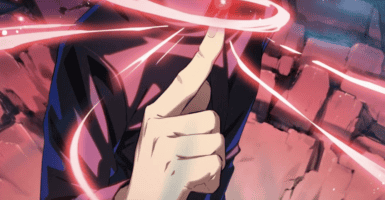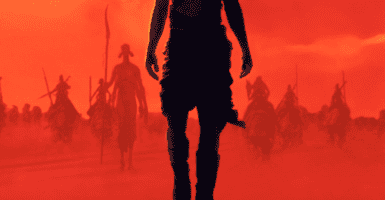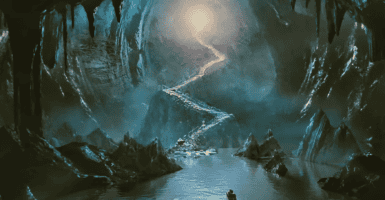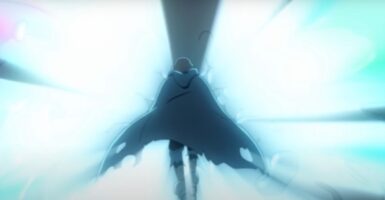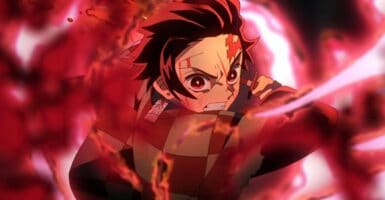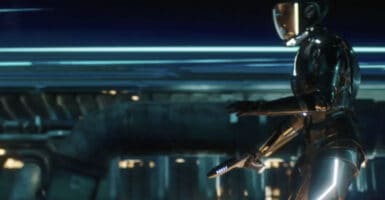The Prime Directive: The Star Trek Rule You Must Understand
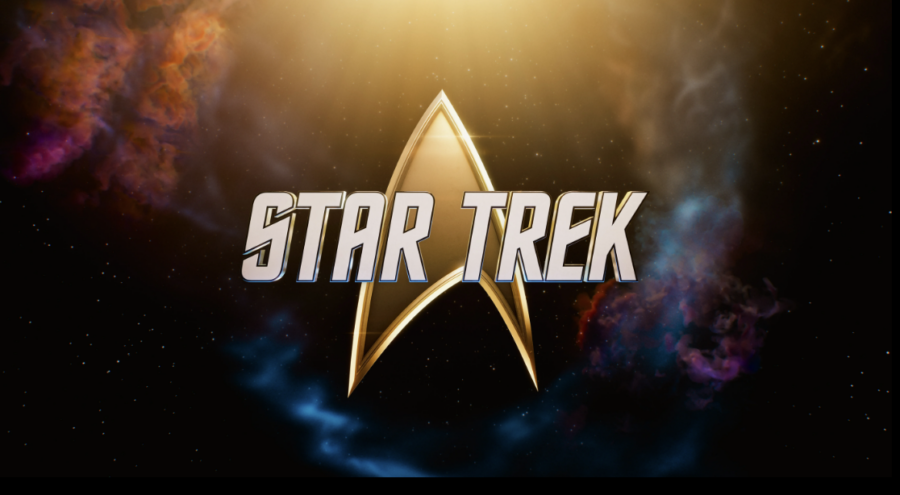
When you watch a few episodes of Star Trek, it doesn’t take long before characters like Captain Kirk and Captain Picard are nervously wringing their hands about the Prime Directive. However, it can be difficult to learn what the Prime Directive is really all about, especially since characters sometimes have very different ideas about what this rule really means in the context of this popular Paramount franchise. But since every Starfleet officer’s first duty is to tell the truth, we’re here to explain everything you need to know about the most important rule in Star Trek.
The Basics Of The Prime Directive
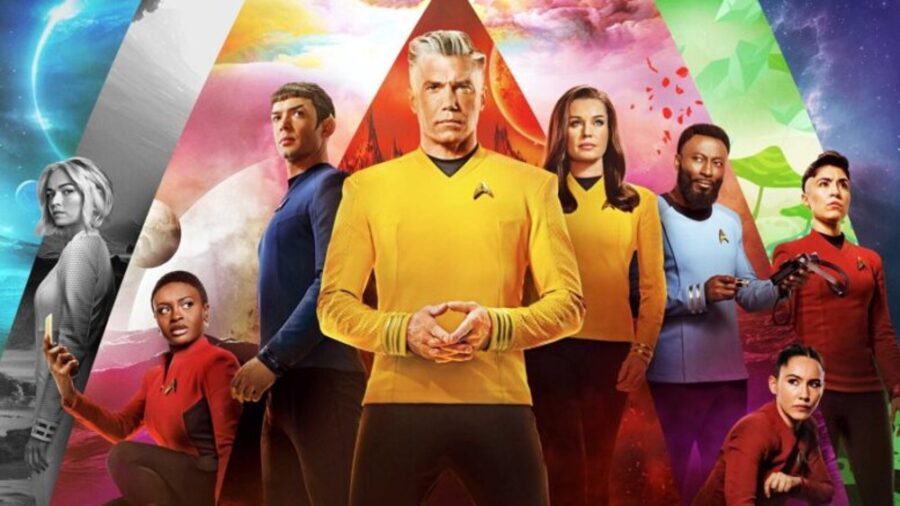
Fortunately, the basics of the Prime Directive are easy to understand: this rule has gone by other names, such as General Order 1, but we think the alternative name Non-Interference Directive really sums things up. In short, this directive states that Starfleet shall not do anything to interfere with the natural development of a planet until it hits a certain level of technological development. Traditionally, this means the planet is developing its own warp drive technology, but other sufficiently advanced technology may convince Starfleet that it is acceptable to beam down and make first contact, effectively confirming to the planet that they are not alone in the universe.
The Prime Directive has been part of Star Trek since The Original Series episode “The Return of the Archons,” and later shows would flesh out how Starfleet created and adapted this rule. For example, in the Enterprise episode “Civilization,” T’Pol tells Captain Archer that Vulcans always wait until a planet achieves warp drive before making first contact and that she hopes Starfleet will adopt a similar policy. Archer later wishes for some sort of directive to keep himself and others from playing God out in space, and the Strange New Worlds episode “Strange New Worlds” shows us roughly when Starfleet stopped calling it General Order 1 and called it the “Prime Directive.”
Breaking The Prime Directive
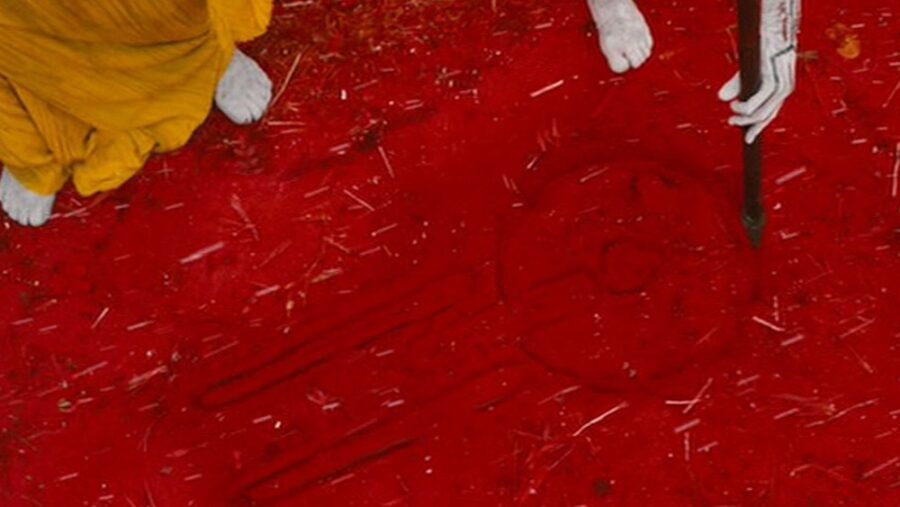
However, that same Strange New Worlds episode showed Captain Pike doing something Star Trek fans are now very familiar with, breaking the Prime Directive when he sees fit to do so. In that ep, Starfleet thought they detected a warp signature from the planet, but it turns out that instead of developing space travel, the planet had observed Starfleet’s battle against Control and learned enough to build a catastrophic warp bomb. Pike broke cover, revealed himself to the planet, and invited them to join the Federation and explore space rather than blowing the hell out of each other using reverse-engineered technology.
That brings us to the part of the Prime Directive that remains wonderfully confusing: the fact that Starfleet captains have broad discretionary power when it comes to how they interpret the directive, and any potential violations are later reviewed by Starfleet who (as near as we can tell) basically rubberstamps almost any potential violations as retroactively justified. In The Original Series episode “A Private Little War,” Kirk discovers that Klingons have supplied one of the warring factions on a planet with advanced weaponry, so he decides to arm the other side with similar weaponry. Later, the TNG episode “Too Short a Season” confirms that other commanding officers do the same thing.
That leads us to something about the Prime Directive that isn’t always spelled out: once it is broken already, captains have the discretion to do almost anything to get a culture back onto its original path. Sometimes, it’s ensuring that both sides are similarly armed; other times, as we see in the TNG episode “Who Watches the Watchers,” it involves personal sacrifice like Captain Picard letting himself get shot by an arrow to prove to the primitive planetary inhabitants that he is not a god.
Importance Of The Prime Directive
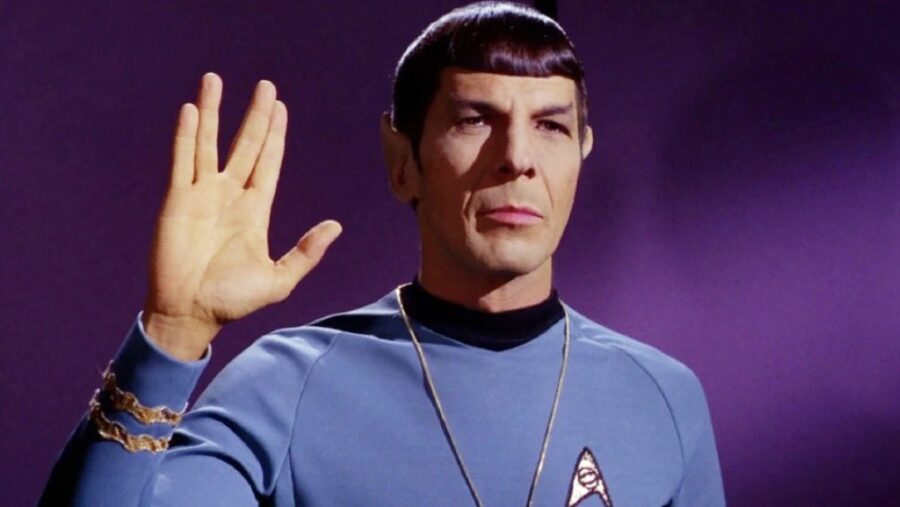
Ultimately, the Prime Directive is a big part of Star Trek’s utopian vision: it shows that in the future, those with specialized technology and knowledge will collectively decide against playing God, wanting instead to let everyone grow and evolve at their own pace. More than anything else, this helps prove how advanced humanity has become in this universe.
But the shows also remind us that our characters are driven by a code of morality, and if they break their most important rule, it’s because they wish to save as many lives and preserve as much culture as possible. And as humanity begins its real-life Trek to the stars, we can only hope to embody these qualities of nobility and restraint that have always guided our favorite space cowboys as they warp into the sunset.
